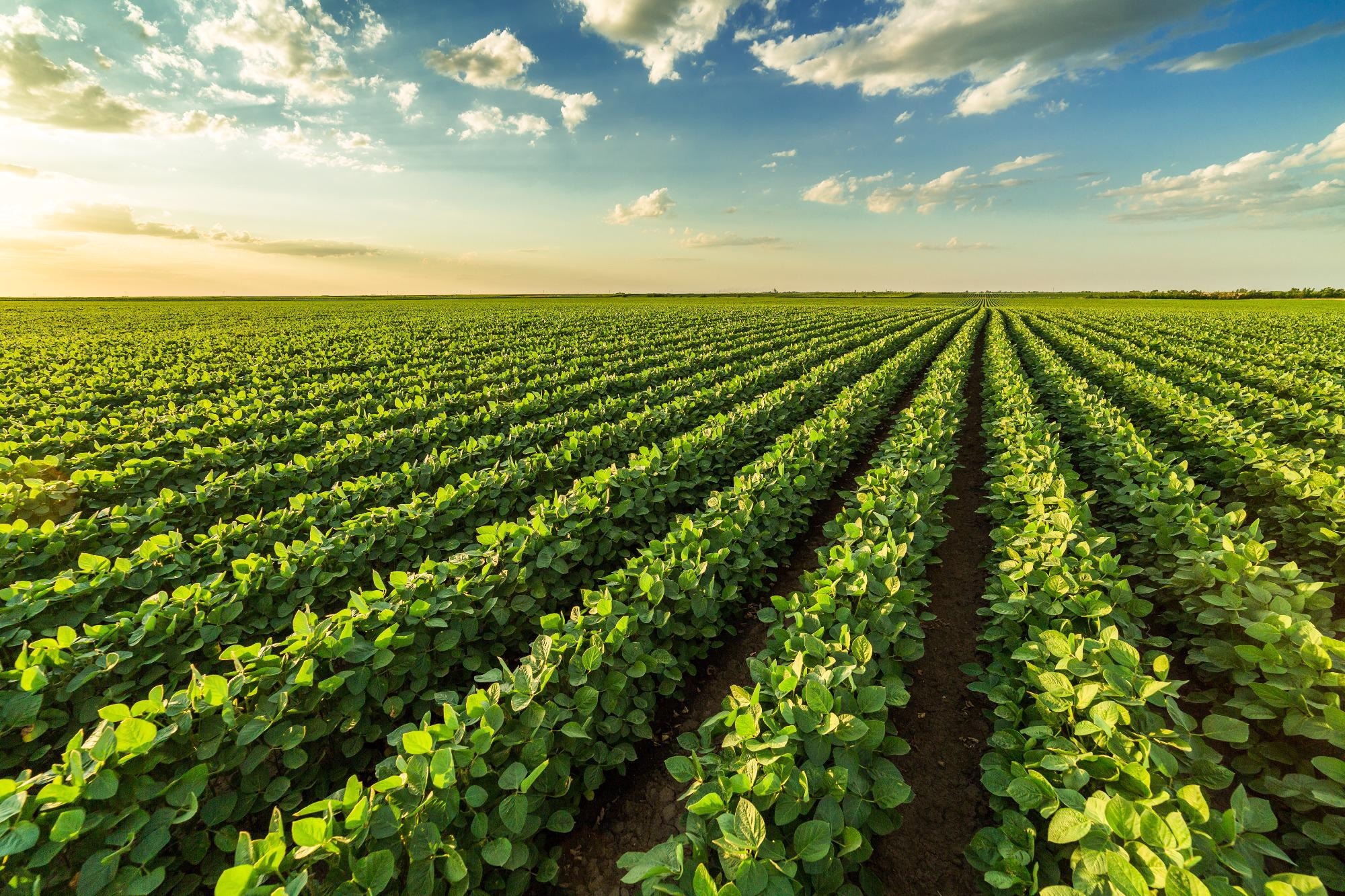May 21 2021
Solar geoengineering, which means releasing aerosols into the air to reflect solar light and cut down global warming, is not a complete solution for climate change but it might be one of many tools to control climate risks.

Image Credit: shutterstock.com/oticki
The potential of solar geoengineering to decrease physical climate changes was investigated by a growing body of research. However, not much less is known about the potential effect of solar geoengineering on the ecosystem and, specifically, agriculture.
A study performed by the Harvard John A. Paulson School of Engineering and Applied Sciences (SEAS) has now discovered that solar geoengineering could be amazingly effective in mitigating some of the worst effects of global warming on crops.
Published in the Nature Food journal., the study was conducted in association with the Norwegian Research Centre and the Bjerknes Centre for Climate Research, the Norwegian University of Science and Technology, the National Center for Atmospheric Research in Boulder, Seoul National University, and the Chinese Academy of Sciences.
Research on solar geoengineering must address whether or not it is effective at reducing human impacts of climate change. Our paper helps fill that gap by using the best crop model yet embedded in a climate model to examine the potential impact of solar geoengineering on agricultural yields.
David Keith, Professor of Applied Physics, Harvard John A. Paulson School of Engineering and Applied Sciences
Keith is also a Professor of Public Policy at the Harvard Kennedy School.
The researchers examined three kinds of solar geoengineering—cirrus cloud thinning, marine sky brightening and stratospheric aerosol injection—and their effect on the global yield of rice, wheat, maize, cotton, soy and sugarcane in a business-as-usual future in which emissions persist at their present levels.
In such a case, decreasing the surface temperature is the most effective method to protect crops from the worst effects of global climate change. The investigators noticed that all three promising solar geoengineering techniques have a powerful cooling effect that would be beneficial to crop yields.
Prior studies had also proposed that cooling temperatures caused by stratospheric aerosol injection may result in less rainfall, which may lead to a loss of yield for rainfed crops. However, such analyses did not look at one of the most significant ecological factors in the transpiration and productivity of crops—that is, humidity.
Relative humidity or vapor pressure deficit has stronger control on plant water use and crop productivity than precipitation. We found that in a cooler world under multiple scenarios, except cirrus cloud thinning, there will be higher relative humidity, which will alleviate water stress for rainfed crops. Our model shows that the change in precipitation resulting from all three solar geoengineering methods would, in fact, have very little effect on crops.
Yuanchao Fan, Study First Author and Fellow, Solar Geoengineering Research Program, Harvard John A. Paulson School of Engineering and Applied Sciences
The team investigated how emissions reductions and solar geoengineering have an impact on agricultural productivity. They found that while emissions reductions have powerful humidity and cooling benefits, they are likely to have a smaller gain for crop yields when compared to solar geoengineering.
This is because the reduction of CO2 fertilization also decreases the productivity of a majority of crops when compared to solar geoengineering that attains the same reduction of temperature.
This result emphasizes the need to integrate emissions reductions with other kinds of tools, such as changes to land use and boosting the use of nitrogen fertilization.
Climate risks cannot be resolved with any single tool; even if emissions were eliminated tomorrow the world’s most vulnerable will still suffer from climate change. Policymakers need to consider how emissions cuts might be supplemented by specific local adaptations to help farmers reduce the impacts of climate on agriculture, and by global actions such as carbon removal and solar geoengineering.
David Keith, Professor of Applied Physics, Harvard John A. Paulson School of Engineering and Applied Sciences
The study was co-authored by Jerry Tjiputra, Helene Muri, Danica Lombardozzi, Chang-Eui Park, and Shengjun Wu. It was partly funded by Solar Geoengineering Research Program at Harvard University.
Journal Reference:
Fan, Y., et al. (2021) Solar geoengineering can alleviate climate change pressures on crop yields. Nature Food. doi.org/10.1038/s43016-021-00278-w.